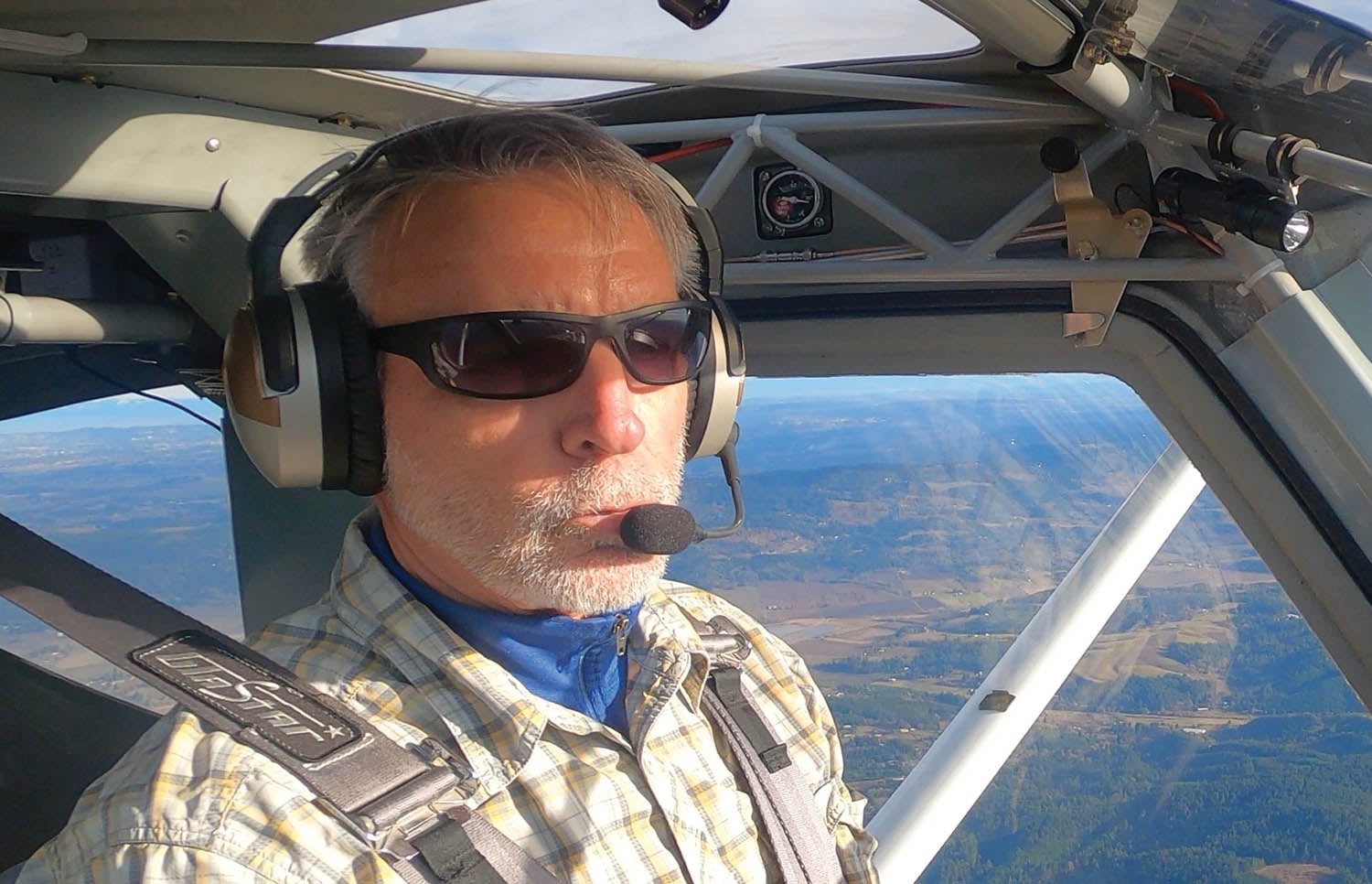 If you thought the high-end ANR headset market had become a bit stagnant, you wouldn’t be alone. Bose introduced the A20 headset as a replacement for its Aviation X unit way back in 2010. Lightspeed’s Zulu 3 dropped in 2017, as did David Clark’s DC One-X. It was starting to look like all the big players were standing pat, playing the same hand over and over.
If you thought the high-end ANR headset market had become a bit stagnant, you wouldn’t be alone. Bose introduced the A20 headset as a replacement for its Aviation X unit way back in 2010. Lightspeed’s Zulu 3 dropped in 2017, as did David Clark’s DC One-X. It was starting to look like all the big players were standing pat, playing the same hand over and over.
Well, not Lightspeed. Late in 2022, the company introduced the Delta Zulu headset, which in the bigger picture offers a refinement and several improvements on its familiar over-the-ear ANR headsets. But it also brings some truly new features to the category—features that caused Lightspeed to give the Delta Zulu the moniker of “safety wearable.”
Cough, Cough
A key feature of that safety suite is the DZ’s built-in carbon monoxide detector. If you’ve flown with a CO detector you probably don’t want to fly very often without one—especially if you’ve used one to detect a cabin leak or exhaust-system malady. (And, no, those passive panel dots don’t really constitute state-of-the-art protection.) Lightspeed’s Delta Zulu includes a small CO detector in the ear cup designed to issue an audible warning of abnormal levels. You can turn on the DZ and it’ll do everything you need right out of the box or you can use the free smartphone app (Apple iOS only) to set alarm thresholds and track, in real time, CO levels in the cabin. Within the app, you can set the caution threshold from 10 to 50 ppm (parts per million) and the critical threshold from 51 to 100 ppm. You can have it provide a voice alert with or without a warning tone.
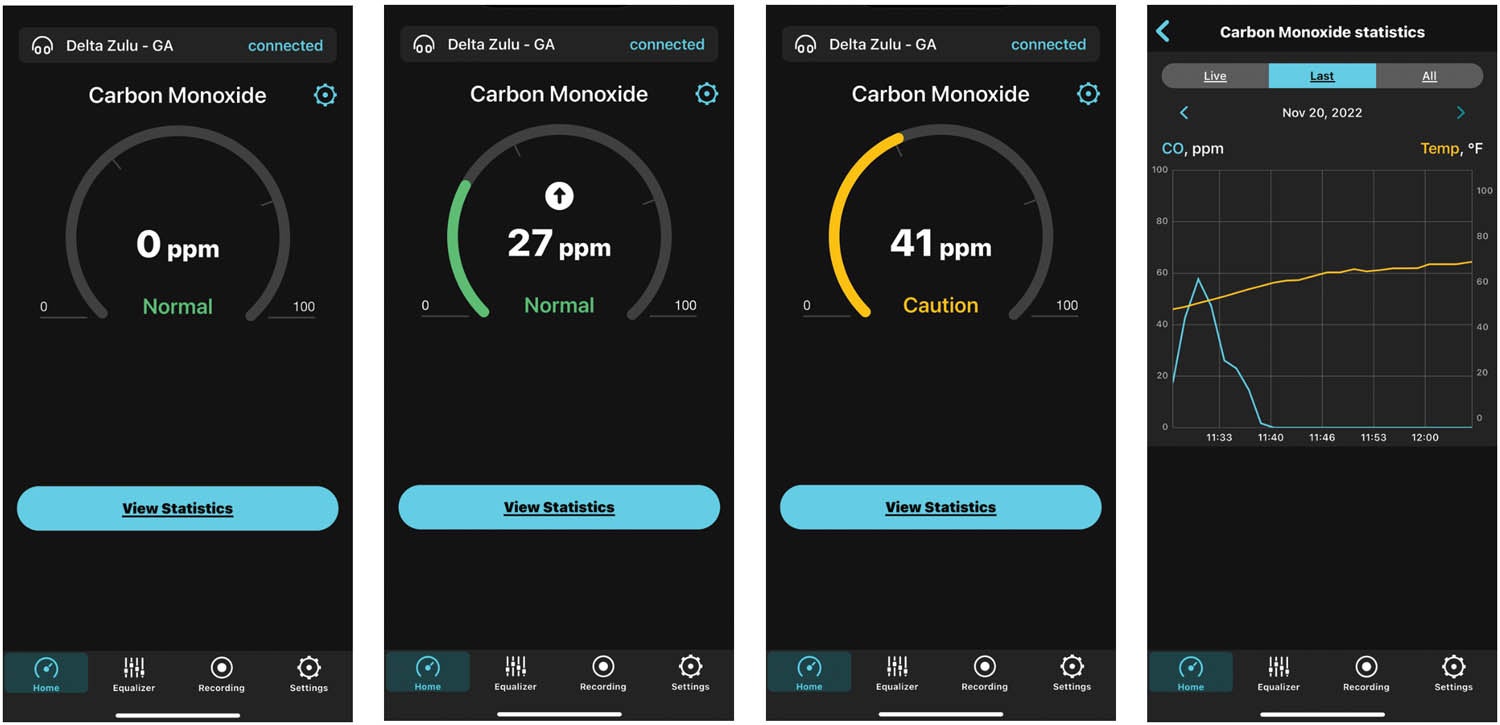
In flight, the DZ’s CO alerting closely followed warnings from a Sentry mounted in the airplane. The Sentry is above and behind the pilot’s head, a bit closer to a suspected point of CO ingress, and so it alerted slightly sooner. (My airplane has a known case of very slight CO intrusion only during the winter when the cabin is closed up; it only happens during taxi and the very start of the takeoff roll. By the time the airplane is doing 60 knots, CO levels drop to zero.) As with the Sentry’s sensor, the one in the Delta Zulu is good for 10 years; Lightspeed says that it can be refurbished at the factory for a nominal cost.
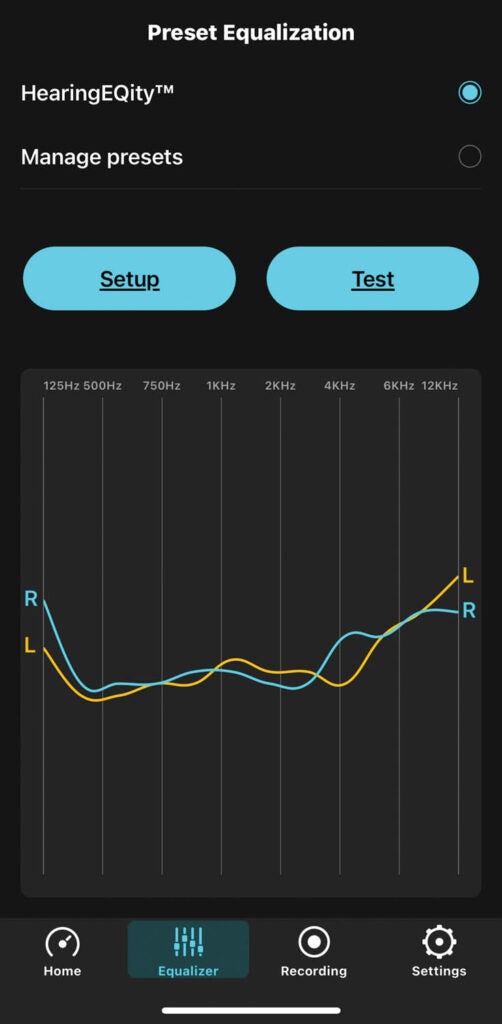
Power Options
As in the Delta 3 headset, which is still available, Lightspeed gives you the option of ship’s power via a LEMO plug or battery power through two AA cells in an inline control module. The Delta Zulu includes a slide-in battery case that can use AAs as well as a separate cassette with a lithium-ion battery. My brief evaluation period with the Delta Zulu prevented me from fully running a battery pack, of either type, to exhaustion but the Zulu 3s I’ve been using for three years have very good battery life from quality AAs. Recharge of the battery is via a new kind of USB connection called UAC. With adapter cables you can charge the device or connect through USB-C, 3.5mm plugs or a Lightning connector for external audio—though the Bluetooth works so well that’s probably what you’ll use most of the time.
Speaking of audio, the Delta Zulu includes an equalizer function it calls HearingEQity. Recognizing that older pilots are likely to have high-frequency deficiencies, Lightspeed created a feature that allows you to listen to canned tones and tell the headset (again, through the app) the minimum levels you can discern. From there, it creates an equalizer curve. The goal is to tailor the headset’s response curve to your own hearing for better intelligibility—and the results are impressive.
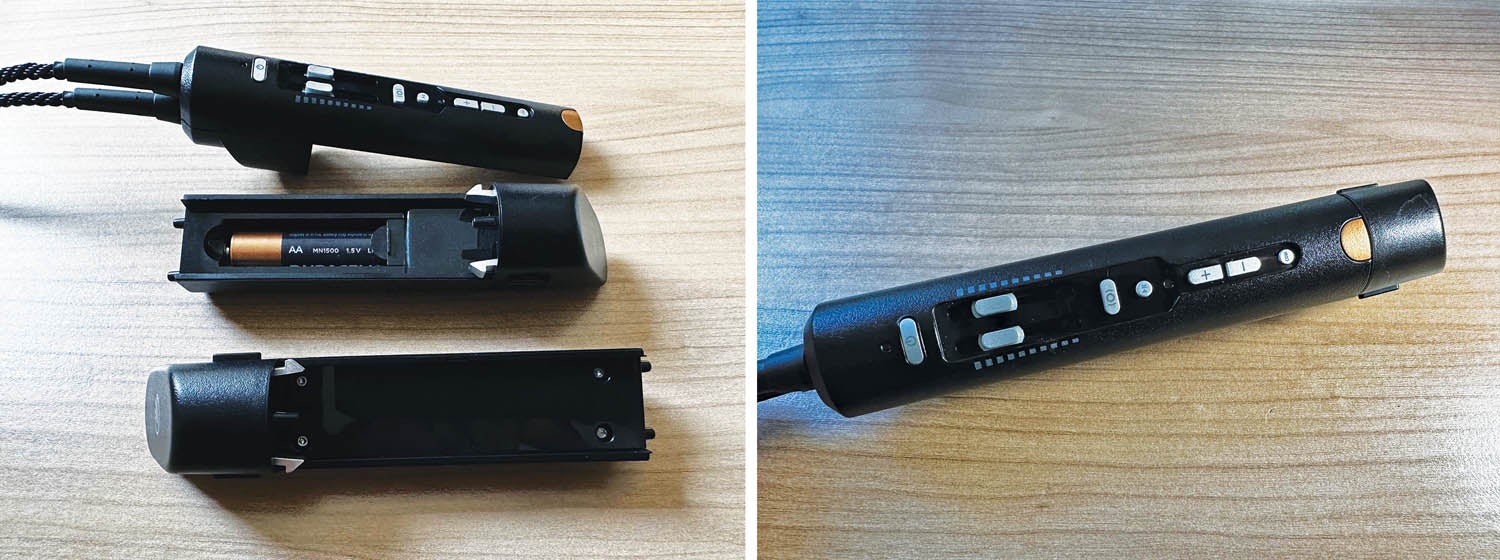
Comfort and Quiet
With all the new features, I wasn’t expecting the Delta Zulu to be a better ANR headset as well. But it is. After several flights where I was able to switch directly from the DZ to my Zulu 3, the differences in ANR quality were very noticeable. Simply put, the DZ’s ANR is flat-out more effective, removing more of the low-frequency rumble presented to the pilot. As a result, the headset makes the airplane seem quieter, the ride more serene. I didn’t have many very long flights with my evaluation unit, but the Zulu 3 has proven to be a really comfortable headset. I wear Flying Eyes sunglasses when flying and the Delta Zulu’s ear seals managed them without fuss—the ear seals and headband pads are just soft enough to be comfortable and firm enough to keep the headset under control.
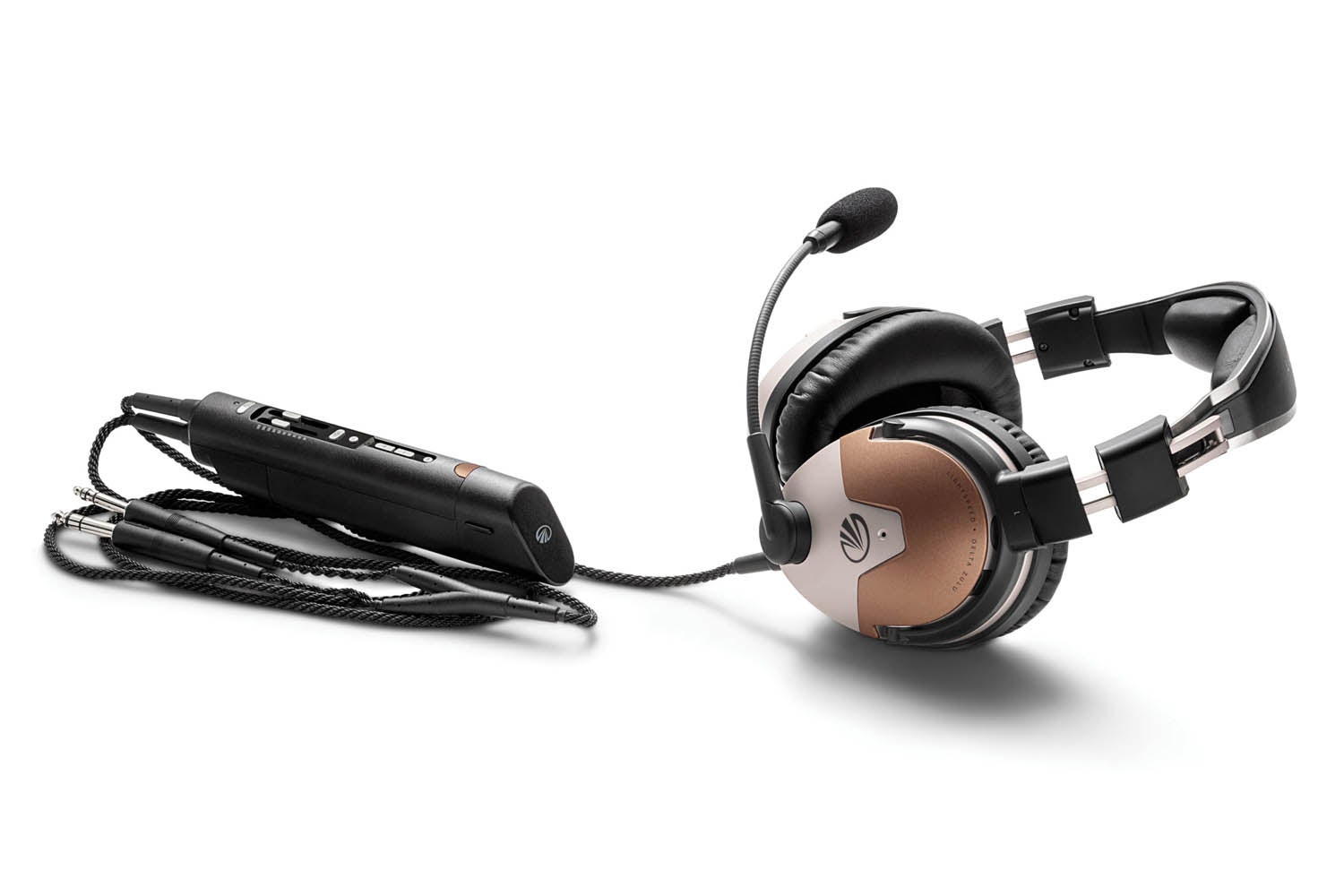 Bottom Line
Bottom Line
Lightspeed has taken the Zulu line up a notch with the Delta Zulu—up in performance, features and price. The DZ retails for $1099, $200 more than the popular Zulu 3. However, Lightspeed undercuts Bose’s A20 headset by about $100. The only piece of bad news here is that the DZ’s new control pod is larger (both wider and longer) than the Zulu 3’s, so if you have a mounting solution for your existing Zulu 3, you’ll have to come up with something else. But that’s hardly a reason to resist an upgrade to the Delta Zulu—the CO detector and the HearingEQity features alone are worth the $200 investment, making the improved ANR performance and added app features icing on the proverbial cake.
For more information, call 800-332-2421 or visit www.lightspeedaviation.com.
Photos: Marc Cook and courtesy of Lightspeed.














I got the Delta Zulu as soon as it came out, and it is by far the Best anywhere… Especially if you have any hearing loss at all or a lot of hearing loss…. Ipad/Iphone App to calibrate to your hearing and it is great.. I have a lot of hearing loss and I can hear better with this headset than I can with my Hearing Aids… They are unbelievable… Forget the Co2 Detector.. Where it is a great feature, the Best Deal going here is the adjustment to your individual Hearing loss and we all have some… Many of us more than others, and some don’t even want to admit it… This is the Best Headset on the market, and Bose is not even close to being in the running. I Highly Recommend these at ANY Cost.